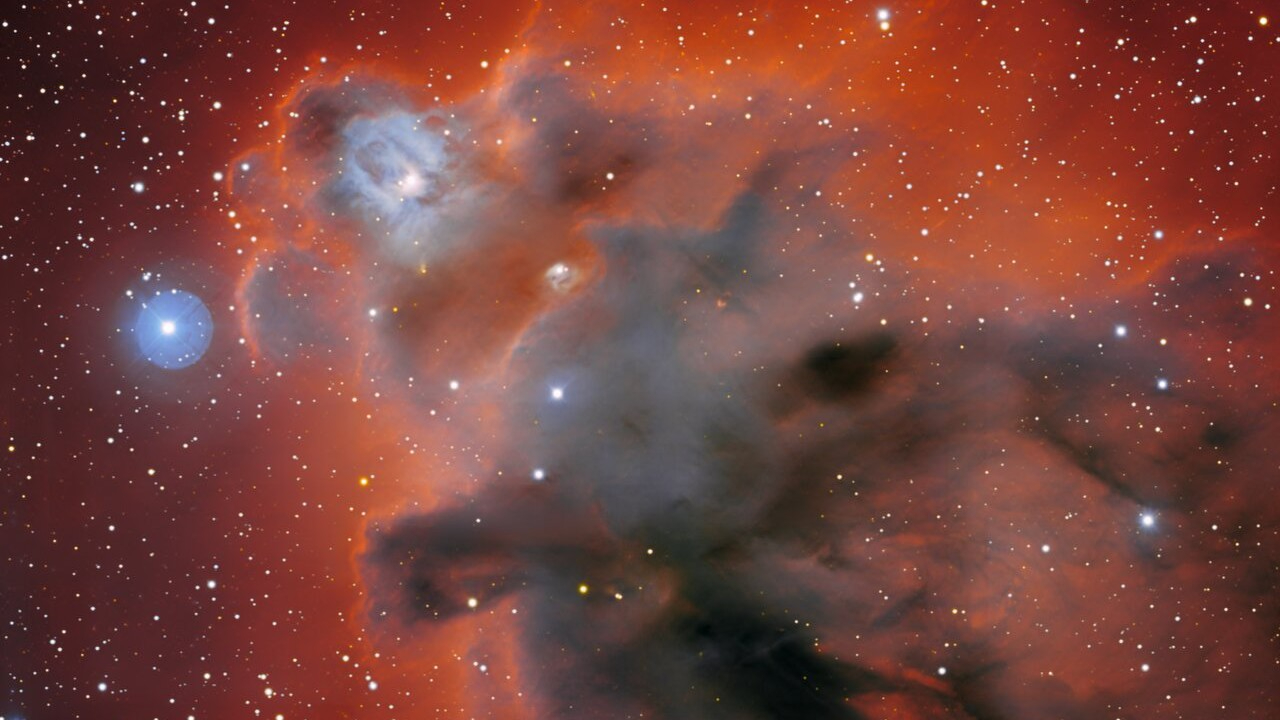Dark nebula dominates gorgeous new view of Orion constellation
A telescope at Kitt Peak National Observatory in Arizona has captured a striking new view of a dark nebula called LDN 1622, located in the nearby Orion complex.

Dark, billowing clouds sweep across a stunning new view of a large star-forming area of the Orion constellation.
These dense interstellar clouds of gas and dust comprise a dark nebula, formally known as LDN 1622. Dark nebulas are so named because their thick interstellar dust obscures light from nearby stars and other neighboring objects, according to a statement from the U.S. National Science Foundation’s (NSF) NOIRLab.
LDN 1622 is located 1,300 light-years from Earth in the nearby Orion complex, a star-forming region teeming with young stars. It is located near the plane of our Milky Way galaxy close to the belt and sword of the Orion constellation.
The recent image was taken using the Nicholas U. Mayall 4-meter Telescope at the Kitt Peak National Observatory (KPNO) in Arizona, which is operated by NOIRLab (formally the National Optical-Infrared Astronomy Research Laboratory).
Astronomers captured this view of LDN 1622 using the telescope’s wide-field camera, called Mosaic-3 — the predecessor of the Mayall scope's Dark Energy Spectroscopic Instrument (DESI), which began operations in 2020 as the most powerful multi-object survey spectrograph in the world, according to the statement.
"This swap highlights one of the benefits of ground-based astronomy: the ability to upgrade and replace instruments as new technologies become available," NOIRLab officials said in the statement.
This new image, which NOIRLab shared on June 21, was taken in 2018, before the 2022 Contreras fire that impacted the observatory. The fire, which was caused by a lightning strike, reached the observatory on June 17, 2022.
While the blaze did not reach any of the observatories’ instruments, it did destroy some non-scientific buildings at the site. DESI is currently operating normally, while the Mosaic-3 instrument has since been retired.






















